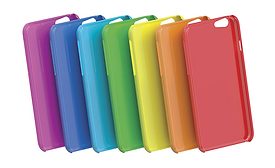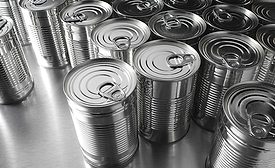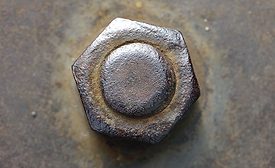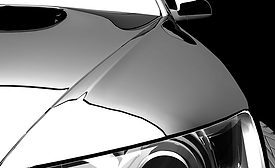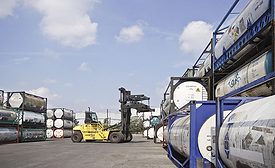Featured on Home Page
Mechanical Dispersion Technology Turns Thermoplastic Resin Into Sprayable Coating
For brand owners, can makers and consumers seeking alternatives to BPA and other materials of concern in metal food packaging
Read More
Protection Without Compromise
New class of specialty polyester polyols enables highly weatherable and durable automotive and industrial coatings
Read More
Keep the info flowing with our eNewsletters!
Get the latest industry updates tailored your way.
JOIN TODAY!Copyright ©2025. All Rights Reserved BNP Media.
Design, CMS, Hosting & Web Development :: ePublishing


